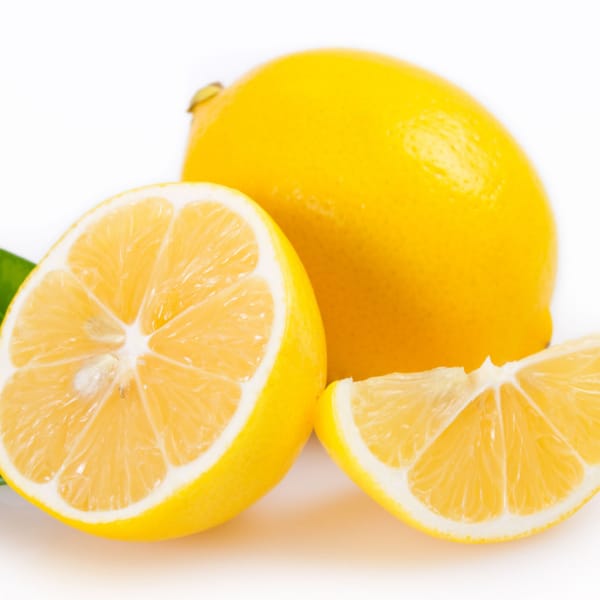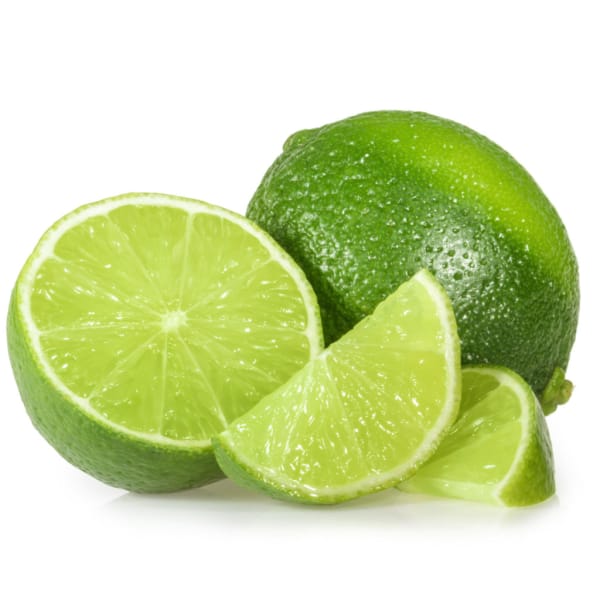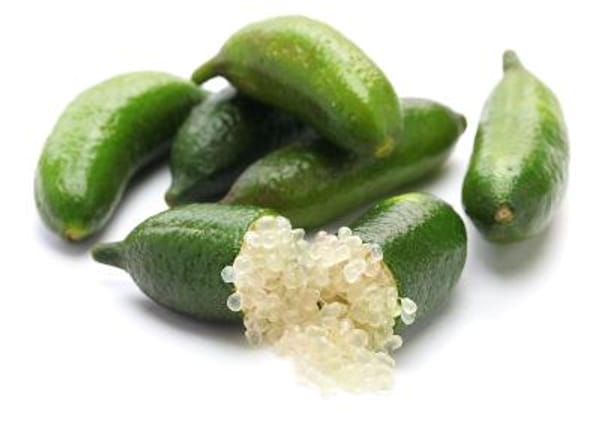- Our Best Selling Grapefruit Tree!
- Star Ruby Grapefruit has the most intense red-colored flesh of any variety in our collection.
- Fruit is sweet the redder the flesh is and flowing with juice that is sweet with a hint of that classic grapefruit tartness.
- The fruit has very few seeds if any.
- Tart red-fleshed grapefruit is widely grown in Texas and Arizona. The high desert has the cold required for the development of the red color and the heat required to sweeten the fruit.
- Ripens late winter through mid-summer.
- Self-fertile
- Best for Zones 9-11/ Protect below 32 F
- For Zones 4-8, you can grow this tree in a pot and bring it indoors for the winter.
- Grafted onto semi-dwarf rootstock.
- Height at maturity: 10'-15' in the ground/ 6'-8' in pots
- By law, we cannot ship citrus trees to Alabama, Texas, Arizona, or Florida.
Lee nuestra guía aquí : Guia de cultivo para citricos
See Our Citrus Varieties and Basic Care (pdf)
Get in the know about HLB(Huanglongbing / Citrus Greening Disease) and help save your community's citrus. Only source citrus trees from reputable growers.
SAVE ON SHIPPING: We can now ship potted fruit trees in MULTIPACK BOXES. Order as a 3-pack or 6-pack to save on the cost of shipping! This includes ALL PRIMO and ENTRY sized citrus, olive, fig and avocado trees as well as grape and passion vines.







